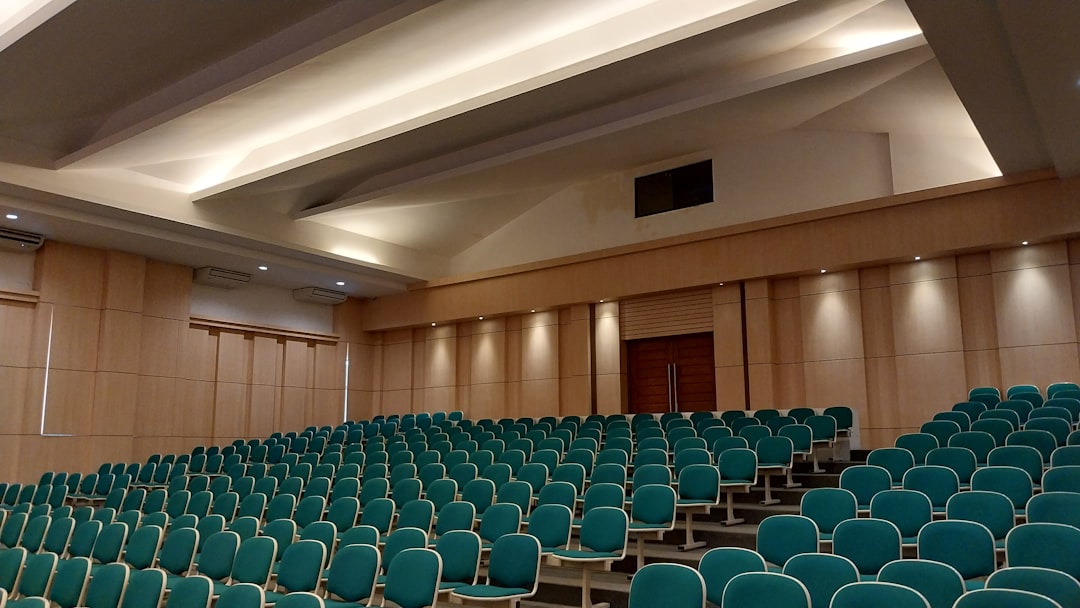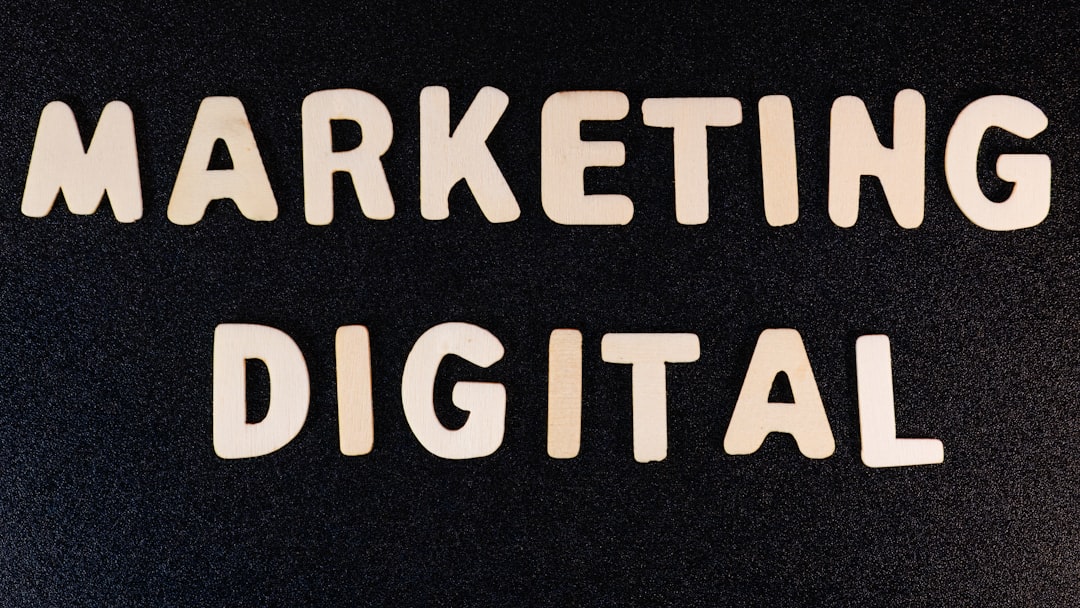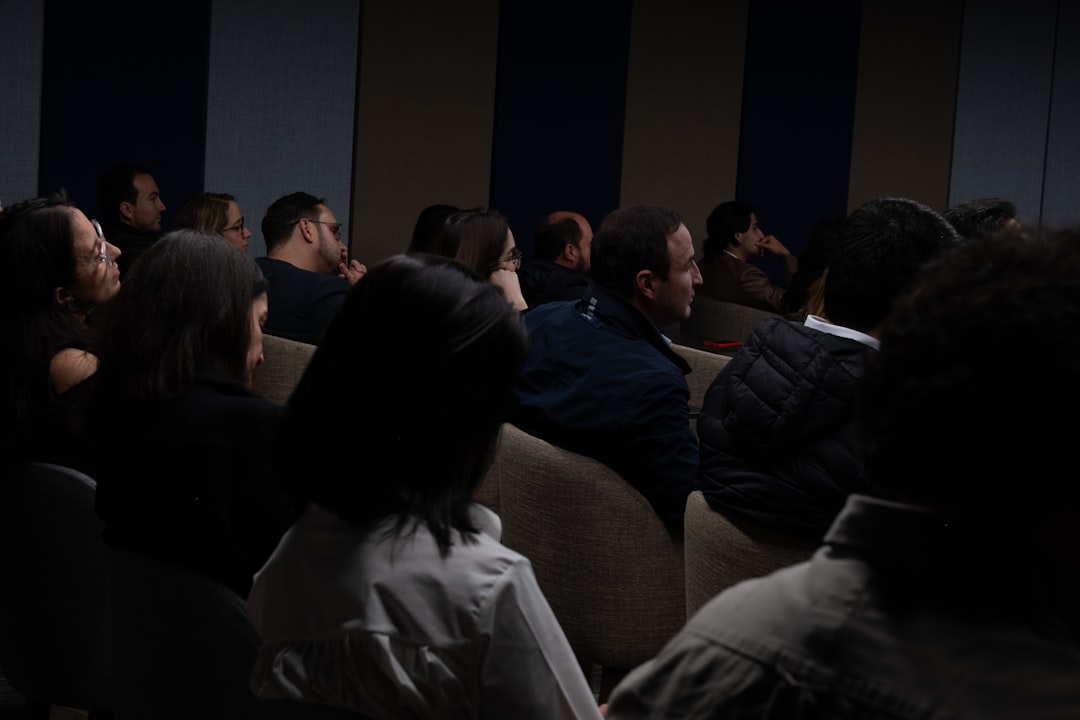

Engage prospects with a scan and streamline customer engagement with FREE QR code marketing tools by Sona – no strings attached!
Create a Free QR CodeFree consultation

No commitment

Engage prospects with a scan and streamline customer engagement with FREE QR code marketing tools by Sona – no strings attached!
Create a Free QR CodeFree consultation

No commitment
QR codes have evolved from a novelty to a strategic powerhouse in bridging offline engagement with online action. Learn more in this QR marketing guide. For seminar marketing services providers, QR codes represent a frictionless and impactful way to generate high-quality leads, enhance attendee engagement, and drive measurable results without requiring an app download or complex setup.
With seminars and webinars emerging as crucial channels for business education and lead generation, marketers face mounting pressure to streamline registration processes, prove campaign ROI, and reach target audiences both in person and virtually. Traditional approaches such as printed brochures, paper sign-in sheets, and manual data entry often leave gaps in tracking high-value prospects, which introduces missed opportunities when vital attendee data goes uncollected or untracked. This leads to inefficient workflows and data silos, along with the frustration of knowing some of the most engaged participants may slip through the cracks simply because they are not captured in the CRM.
By leveraging QR codes, marketers can transform every physical and virtual touchpoint into a lead capture opportunity, unlocking real-time analytics and seamless CRM integration. This approach addresses persistent challenges such as lack of visibility into anonymous traffic and incomplete attendee data, ensuring that decision makers who express genuine interest are recognized, tracked, and followed up with after every interaction. The following sections show how these easy-to-deploy codes can supercharge seminar lead generation and attendee tracking for both live and online events.

Capturing quality leads at seminars is often hindered by outdated processes like manual sign-in sheets, paper RSVP cards, or generic flyers, methods that frequently miss prospects who engage with your materials but never leave their contact details. QR codes now bridge this longstanding gap between physical seminar materials and digital follow-up, empowering marketers to drive lead capture, accelerate conversions, and enrich CRM data with minimal friction.
Sona QR and similar platforms make this transformation easier by providing dynamic codes, built-in analytics, and CRM integrations. As a result, your team can replace analog steps with automated flows that capture interest the moment it appears and trigger timely outreach. The result is fewer missed opportunities, faster time to qualification, and a more complete picture of event-driven demand.
When integrated with marketing automation, every scan can trigger a personalized sequence or alert sales for immediate action. This closes the loop between moment-of-interest and follow-up, dramatically reducing lead leakage and ensuring valuable attendees never go untracked.

Seminar marketing teams regularly grapple with the gap between rich in-person engagement and the challenge of converting that engagement into actionable, trackable data. Offline-to-online friction, missed follow-up moments, and the inability to surface the right attendee signals can mean high-value prospects remain invisible in your funnel or are not pursued when interest peaks. QR codes resolve these issues by transforming passive materials into interactive entry points.
QR codes also create a consistent, measurable way to capture behavior across on-site and virtual experiences. From a prospect who scans a poster in the lobby to a remote attendee who scans a code on a keynote slide, each interaction becomes a data signal you can segment, route, and convert.
When combined with platforms like Sona QR, seminar teams gain centralized control over code creation, routing, and reporting via the use case library. That means fewer headaches managing multiple tools and more time acting on real engagement signals.

Not every QR code serves the same purpose. The best outcomes come from matching formats to the actions you want attendees to take, then aligning destinations with your key business goals. For seminar marketers, a handful of formats consistently deliver the strongest results.
Prioritize destinations that minimize steps while maximizing value. If the goal is to capture a lead, drive scanners to a mobile-first form with autofill and social sign-in. If the goal is content engagement, deep link into the exact session resource or recording rather than a generic library.
Dynamic QR codes are especially valuable during late-stage agenda changes or when last-minute updates are needed. With Sona QR, you can update destinations globally, add UTM parameters for attribution, and manage code governance across teams. This flexibility ensures that once your assets are in the field, they remain accurate and effective.
Even strong seminar programs can leave engagement on the table if prospect behavior is not captured at every stage. The most reliable growth often comes from instrumenting the entire attendee journey with QR codes so that awareness, consideration, and conversion moments are each measurable and actionable.
Think beyond registration. Use QR codes to unlock micro-conversions such as session interest, content requests, and sponsor interactions. These signals reveal where buyers are in their journey and make retargeting far more precise. For real-world examples, see this best practices webinar.
When every interaction becomes a measurable touchpoint, your team gains clarity on what drives meaningful outcomes. You can then allocate budget to the highest-performing assets, refine content based on engagement signals, and prioritize accounts that are showing purchase intent.

Seminar environments are full of high-intent moments. The difference between casual interest and a sales conversation often comes down to whether you make it easy for someone to raise their hand. QR codes provide that low-friction bridge and create a consistent mechanism for capturing those signals.
The most effective use cases map directly to goals such as lead capture, engagement depth, and sponsor value. By designing each QR code to serve a specific purpose, you can simplify the attendee journey and give your team real data they can act on quickly.
Each of these use cases turns interest into engagement and engagement into data. They also reduce operational burden by shifting manual workflows to automated, trackable experiences.
Every scan is a signal. If you plan for it, those signals compound into a robust first-party dataset that fuels retargeting and lifecycle marketing. Start by deploying multiple QR codes across the seminar journey and assigning them to funnel stages and intents. Over time, you will build audiences that reflect real behavior rather than assumptions. For paid follow-up, explore intent-driven retargeting.
This approach works for both in-person and virtual audiences. Tag scans by context so your team knows who registered, who attended, who engaged with premium content, and who showed buying intent but did not convert. Then route these segments into the right nurture or sales motions.
With Sona QR, you can connect scans to buyer journeys that include website visits, email clicks, and CRM activities. This unified view improves conversion rates because your follow-up reflects what people actually did, not what you hope they did.
QR codes function as connective tissue across print, digital, and in-person tactics. When used consistently, they unify fragmented journeys, convert analog attention into digital engagement, and make formerly unmeasurable channels visible in your analytics. For seminar marketing services teams, this integration unlocks a complete view of the event-driven funnel. For broader context, see this overview.
Build your strategy around the channels you already use and the moments where attention is highest. Then supply a simple, compelling action for each. As you aggregate scan data, you will discover which channels, messages, and placements move the needle and which need improvement.
A centralized platform like Sona QR lets you create, manage, and measure all of these codes from one dashboard. You can standardize CTAs, maintain brand consistency, and stream data to your core systems for fast action.
High-performing QR campaigns start with clear goals and end with disciplined optimization. In the context of seminar marketing services, that means choosing the right use case, designing for instant comprehension, and instrumenting every scan for attribution. The checklist below outlines a simple, repeatable process your team can adopt across events and programs.
Begin with a pilot in a single seminar or webinar, learn from the results, then scale out to additional touchpoints. As you expand, use unique codes per asset and UTM parameters so your analytics stay clean and your experiments remain interpretable.
Decide which moment you want to improve first. For example, you might aim to boost seminar RSVPs, capture in-session leads, or collect post-event feedback. The best use cases fill known gaps such as long check-in lines, low survey response rates, or missed follow-ups after popular sessions.
Choose between static and dynamic codes based on your need for flexibility and analytics. Static codes are fine for permanent destinations, but most seminar use cases benefit from dynamic codes that can be updated and tracked in real time.
Visibility and clarity are everything. The design must make the next step obvious at a glance, and the code must be easy to scan in real-world conditions.
Place codes where motivated attendees will notice them. Combine physical and digital placements to reach both in-person and remote audiences.
Launch with a measurement plan and improve continuously. Small changes to CTAs, destinations, and placements can drive outsized gains.
Proving the impact of seminar marketing requires more than counting registrations. You need to connect scans to meaningful outcomes like meetings, pipeline, and revenue. Without integrated tracking, it is difficult to know whether a code on a poster outperformed a code on a slide or whether a sponsor’s CTA beat your own. For methodology, see offline attribution.
Linking every scan to an enriched contact record lets you build a complete engagement story. With dynamic codes and UTM parameters, you can see which assets, rooms, or sessions drove action and which audiences require different messaging to convert.
When you unify scan analytics with web, ad, email, and CRM data, you can finally see how offline engagement contributes to online conversion. This clarity empowers better budgeting, smarter content investments, and faster sales cycles.
Maximizing the impact of QR code campaigns requires ongoing iteration and a mindset that treats every scan as the beginning of a conversation. The most successful seminar teams use consistent tagging, clear CTAs, and automation to make scans immediately actionable. For practical guidance, watch this video tutorial.
As you scale, standardize your approach so that codes remain scannable and destinations stay up to date. Consider governance guidelines for code size, placement, and copy. Then empower staff and speakers to promote scans with confidence.
Creative deployments can make QR codes memorable. Consider a badge-back code for instant networking, a lobby code for a digital swag bag, or a rotating session code that changes to a feedback survey during the last five minutes of a talk. Each idea turns attention into measurable action.

Innovative seminar marketers are already demonstrating how QR codes solve long-standing challenges with anonymous engagement and attribution. The following examples illustrate practical solutions that turn curiosity into contacts and contacts into conversations.
These stories also show how a unified platform reduces manual effort. Dynamic codes plus automation save time while generating clear proof of value for organizers, speakers, and sponsors.
Borrow from these approaches and adapt them to your context. If your challenge is feedback collection, place a session-ending QR code on slides and signage and announce it live. If your challenge is low sponsor visibility, assign unique codes to each sponsor and report conversions directly to them after the event.
Even the best QR strategy can falter if scans are hard to perform, CTAs are unclear, or connectivity fails at critical moments. Anticipate the most common issues and plan around them so that interest never goes to waste.
Training and enablement matter. The more staff and speakers understand the why behind your QR strategy, the more naturally they will prompt attendees to scan and the more reliably they will troubleshoot simple challenges on site.
Quotes from leading practitioners reinforce this approach: "Integrating QR codes with automation workflows has doubled our seminar lead qualification rates by surfacing interested accounts we previously could not track." - Industry thought leader
Recent data and benchmarks support consistent adoption:
QR codes have become a foundational strategy for seminar marketing services. They turn every physical asset, attendee interaction, and digital delivery into a lead generation opportunity that is measurable and actionable. By addressing persistent challenges such as missing high-value prospects, invisible anonymous traffic, and incomplete attendee records, modern QR-driven solutions help marketers unify data, personalize outreach, and tie revenue back to both online and offline seminar experiences.
As platforms like Sona QR and Sona.com continue to advance, marketing teams can automate follow-up, prevent lost opportunities, and maximize ROI across seminars and webinars. Start creating QR codes for free. Whether you are modernizing check-in, fueling sponsor value, or converting session interest into meetings, a well-designed QR strategy will help you capture demand at the source and turn it into sustained, data-driven growth.
QR codes have transformed seminar marketing services from simple event promotion into powerful lead capture and engagement tools. By seamlessly connecting attendees to registration, feedback forms, and exclusive content, they streamline the lead acquisition process and enhance the overall seminar experience. Imagine instantly identifying which sessions generate the most interest and capturing high-quality leads without interrupting the flow of your event.
With Sona QR, you can create dynamic, trackable QR codes in seconds, update your campaigns on the fly without costly reprints, and link every scan to measurable outcomes. This means no more guesswork—just clear insights that help you optimize your marketing efforts and maximize seminar ROI. Start for free with Sona QR today and transform every scan into a valuable connection and lasting business opportunity.
You can use QR codes on badges, signage, slides, handouts, invitations, and digital ads to enable instant registration, content access, waitlist sign-ups, and networking, creating frictionless engagement and lead capture.
Best practices include placing QR codes in high-visibility locations with clear calls to action, using dynamic codes for flexibility, integrating with CRM for real-time tracking, monitoring key metrics, and training staff to promote scanning effectively.
By deploying QR codes linked to registration, check-in, session interest, and feedback forms, you can capture scan data including time, location, and device, integrate it with CRM and marketing automation, and measure outcomes like meetings and revenue.
Platforms like Sona QR provide dynamic QR code creation, built-in analytics, CRM integration, centralized code management, and reporting dashboards to streamline seminar marketing efforts.
Use QR codes to replace manual processes, deploy them across multiple channels and touchpoints, leverage dynamic codes to avoid reprinting, and utilize analytics to optimize placements and messaging, reducing operational costs while scaling reach.
Use Sona QR's trackable codes to improve customer acquisition and engagement today.
Create Your FREE Trackable QR Code in SecondsJoin results-focused teams combining Sona Platform automation with advanced Google Ads strategies to scale lead generation

Connect your existing CRM

Free Account Enrichment

No setup fees
No commitment required

Free consultation

Get a custom Google Ads roadmap for your business






Launch campaigns that generate qualified leads in 30 days or less.
